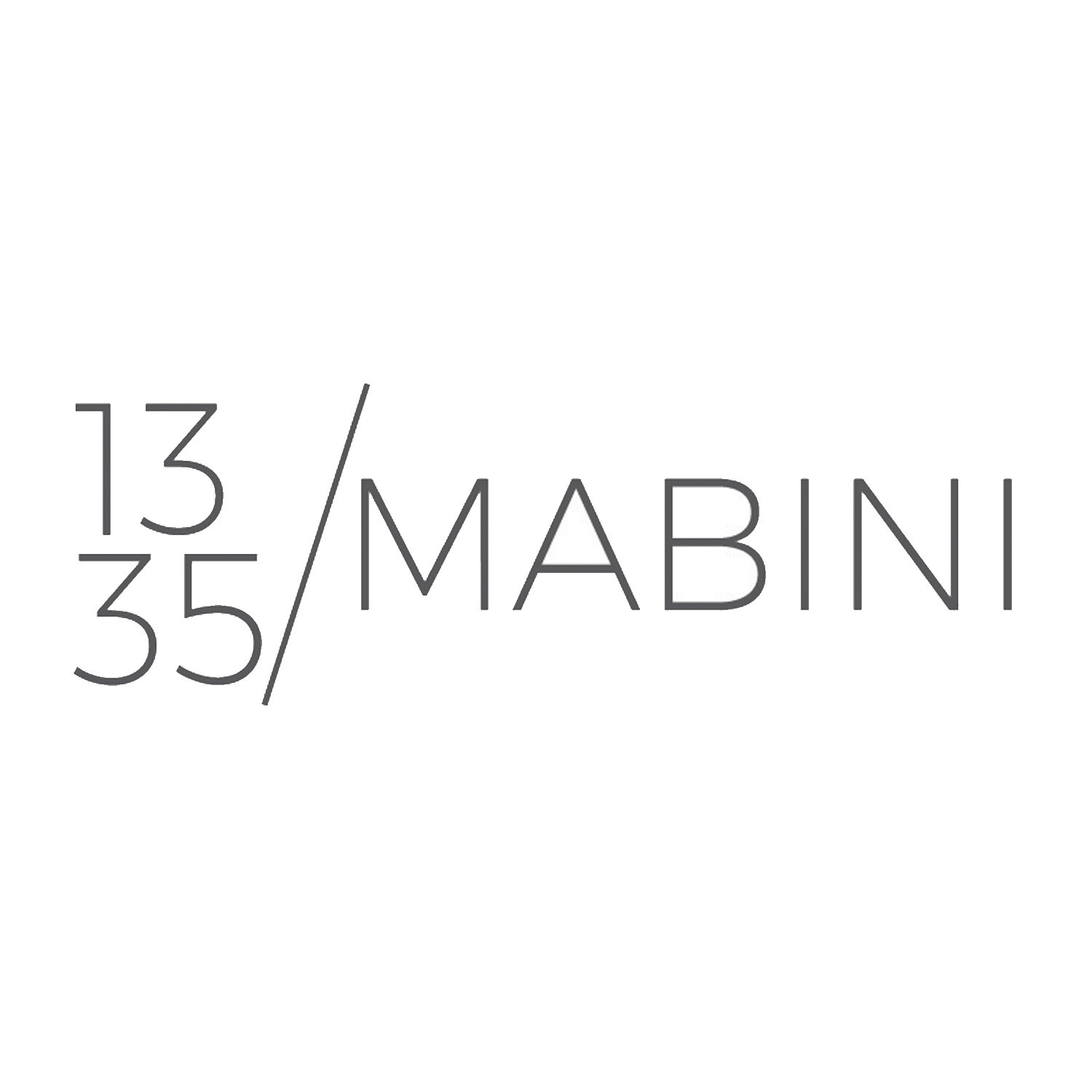BRISA AMIR, DATU ARELLANO, KRISTOFFER ARDEÑA, JAN BALQUIN,
LESLEY-ANNE CAO, MIGGY INUMERABLE, CZAR KRISTOFF, CELINE LEE, CRIS MORA, INDY PAREDES, MARK SALVATUS, JEL SUAREZ , ISOLA ROSA
City of Bawal
OPENING:
Saturday, April 27, 2019, 6pm
EXHIBITION DATA:
27 April to 8 June 2019
“For every rational line . . .
there are leagues of senseless cacophony,
verbal nonsense and incoherency.”
– Borges, Library of Babel
How to grasp the everyday minutiae of the city, our city, the city of of bawal?
No jaywalking. No trespassing. No littering. No loitering. No loading and unloading. No parking. No U-turn. No texting and driving. No drinking and driving. No entry. No guns allowed. No smoking. No illegal vendors. Not for hire. Post no bill. Do not blow horn. Obey speed limit. Do not delay. Obey god. Slow down.
Someone discarded a slipper on the street. Did she or he return home on one bare foot? What will happen to the discarded slipper? A pothole is so wide and deep, can it swallow an automobile or dead bodies whole? An ambulance is stuck in traffic, who prays for the passenger-patient to reach the hospital in time? Why do security guards yield shotguns? Do they ever have to draw their weapons? Why does it smell like piss right next to the bawal umihi signage? Who is the ‘we’ in the neon sign 'in god we trust'? Who writes of revolt and revolution on the city’s walls? Who reads these messages? How to respond?
The city of bawal – the seemingly trivial and futile, the fragments… Can the city of bawal be made to stutter? And can the city of bawal be opened up to a different realm of perplexing possibilities. This becoming, stuttering becoming, is set in the messy, mesmerizing, chaotic, cacophonic city.
This group of thirteen artists is on purpose large and diverse as navigating our city requires multiple angles and contradicting voices. Each of the artists has her or his own poetic sensibility to show different urban questions concerning the everyday minutiae of the city, our city, the city of of bawal.
The title of the exhibition is a reference to the short story Library of Babel by Argentinian writer Jorge Luis Borges, in which the narrator attempts to find meaning in what appears to be vast randomness.
Brisa Amir (1992; brisaamirportfolio.tumblr.com) translates and abstracts everyday cacophony; she walks the streets, she rubs and scrubs, revealing textures of the city’s body, leaving fading marks onto paper.
Datu Arellano (1980; datuarellano.com) analyzes minutely the grammar of the vulgar; and by dissecting the syntax of the coarse and crude he generates glitches and permutations.
Kristoffer Ardeña (1976) explores the poetic potentials of the exotic by using banal surfaces that are intrinsic to the material experience of the intimate spaces of the everyday – sunlight and rain cracks the skin of the built environment.
Jan Balquin (1989; janbalquin.wordpress.com) addresses space: the invasion as well as the demarcation of space; arbitrary territorial markers shift in meaning contingent on the vantage point.
Lesley-Anne Cao (1992; lesleyanne.site) catalogs ordinary debris – with strata, and each stratum indicating a different stage of hope and decay from a different locale – found on her walks. And the pieces of debris are traces of nameless places.
Miggy Inumerable (1987; unabletocount.com) let’s us sit, wait and watch agency at work but the agents are not equal, some are more equal than others: born/programmed with privileges, the privilege to move and accumulate more.
Czar Kristoff (1989; czarkristoff.tumblr.com) asks us to consider the question what we win or loose when we obey, when we fall in line, when we confirm to societal norms, or, in other words, what’s the price of disobedience and can we carry the price?
Celine Lee (1993) shows that Metro Manila – and especially its main thoroughfare EDSA – is littered with warning signs and physical barricades, however, parts of welded wire mesh fencing goes missing, where to and why? Why?
Cris Mora (1984) collects and organizes materials into distinct arrangements, to order the unruly. The materials are pieces of rubble – human waste – found at demolition sites, or Google images, which are identified and organized by color: green, red and blue.
Indy Paredes (1988) attempts to come to grips with the so-called rehabilitation of the Manila Bay, Roxas Boulevard, Manila City. Access to the bay has been restricted during the rehabilitation of the polluted bay, which he indicates by marking the canvas with x’s.
Mark Salvatus (1980; cargocollective.com/marksalvatus) is also a collector; he collects the city’s cracks and scratches, and also city maps, from which he erases all textual information to highlight how space is imagined and re-imagined.
Jel Suarez (1990) creates a narrative out of the topography of a demolition site near her domicile, depicting intersecting layers of time as well as space: fragmented echoes of past places and lives ingrain the current, including darker undercurrents.
Isola Rosa/Jo Tong (1987; transarkitektura.com) asks how architecture can respond to the erosion of norms, mutability and pervasive arbitrariness to deal with the complexity of Manila’s fragile and fraught ecosystem, in which disorder is looped.
Curated by Roy Voragen

















